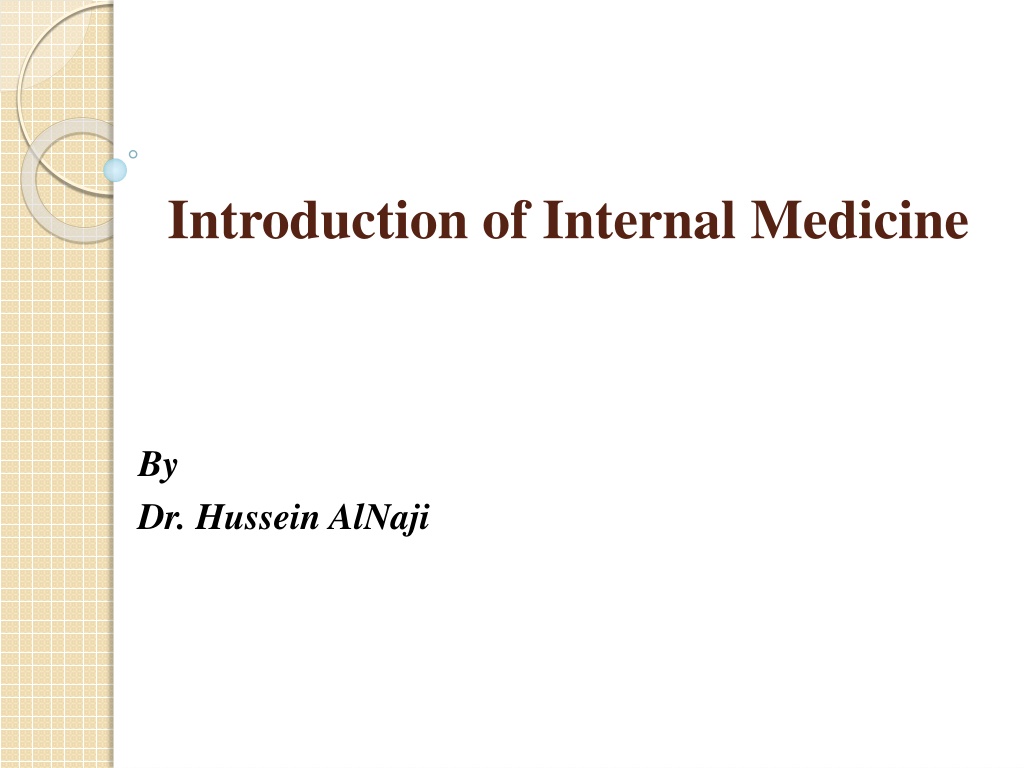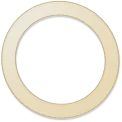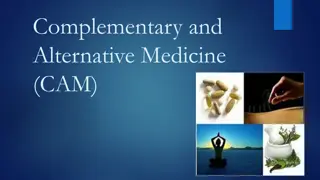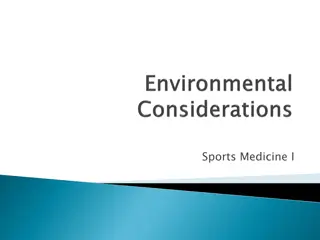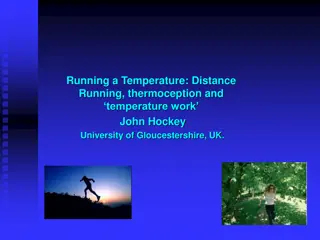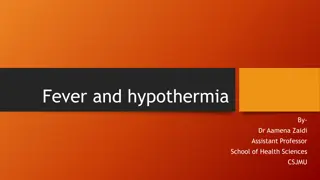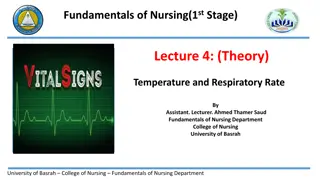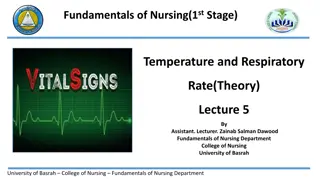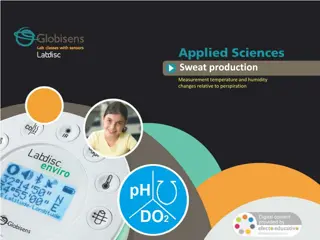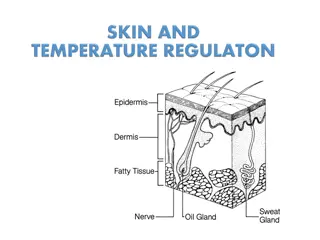Body Temperature Regulation in Internal Medicine
Internal Medicine, spearheaded by Dr. Hussein AlNaji, focuses on preventing, diagnosing, and treating internal diseases like hypothermia, hyperthermia, and fever. The body maintains a constant core temperature through heat production and loss mechanisms. Heat is transferred through convection, conduction, radiation, and evaporation. Understanding these processes is crucial in managing body temperature and overall health.
Uploaded on Sep 14, 2024 | 0 Views
Download Presentation

Please find below an Image/Link to download the presentation.
The content on the website is provided AS IS for your information and personal use only. It may not be sold, licensed, or shared on other websites without obtaining consent from the author.If you encounter any issues during the download, it is possible that the publisher has removed the file from their server.
You are allowed to download the files provided on this website for personal or commercial use, subject to the condition that they are used lawfully. All files are the property of their respective owners.
The content on the website is provided AS IS for your information and personal use only. It may not be sold, licensed, or shared on other websites without obtaining consent from the author.
E N D
Presentation Transcript
Introduction of Internal Medicine By Dr. Hussein AlNaji
Internal Medicine Internal medicine or general internal medicine is the medical specialty dealing with the prevention, diagnosis, and treatment of internal diseases. Hypothermia, Hyperthermia, and Fever Hypothermia, hyperthermia, and fever characterized by physiologically significant changes in core body temperature.
BODYTEMPERATURE Farm animals maintain a relatively constant body core temperature (homeothermy) during extreme ranges of thermal environments. The body temperature is a reflection of the balance between heat gain from the environment (radiation, conduction, and convection) or caused by metabolic activity (maintenance, exercise, growth, lactation, gestation, and feeding) and heat loss to the environment (radiation, conduction, convection, and evaporation) or caused by metabolic activity (milk removal, fecal elimination, and urinary elimination). Absorption of heat from the environment occurs when the external temperature rises above that of the body.
HEAT PRODUCTION Heat production occurs as a result of 1. metabolic activity and the digestion of feed 2. muscular movement. 3. the maintenance ofmuscle tone. Shivering thermogenesis is a response to sudden exposure to cold and is a major contributor to enhanced heat production. Nonshivering thermogenesis is also induced by exposure to cold and is the mechanism by which heat is produced by the calorigenic effect of epinephrine and norepinephrine.
HEAT LOSS Heat is transferred to or from an animal by the four standard physical phenomena of convection, conduction, radiation, and evaporation. A.Convection is a transfer of heat between two media at different temperatures such as the coat surface and the air. B. Conduction is the transfer of heat between two media that are in direct contact such as the skin and water.
C. Radiation is the absorption or emission of electromagnetic radiation at the body surface and depends on the skin surface temperature and area. D. Evaporative heat transfer is a process by which heat is lost by the evaporation of water and is dependent on the water vapor pressure gradient between the epithelial surface and the environment and the air speed over the surface. Evaporation occurs by sweating, salivation, and respiration, with the relative importance of each varying between species
HYPOTHERMIA Hypothermia is a lower than normal body temperature, which occurs when excess heat is lost or insufficient heat is produced. Neonatal hypothermia is a major cause of morbidity and mortality in newborn farm animals within the first few days of life. Cold injury and frostbite are presented under that heading. ETIOLOGY A. Excessive Loss of Heat Exposure to excessively cold air temperatures causes 1. heat loss if increased metabolic activity. 2. shivering and sustained muscular contraction. 3. peripheral vasoconstriction are unable to compensate.
B. Insufficient Heat Production Insufficient body reserves of energy and insufficient feed intake result in insufficient heat production. Hypothermia also occurs secondary to many diseases in which there may be a decrease in the ability to shiver and skeletal muscle contraction associated with decreased cardiac output, decreased peripheral perfusion, and shock. Combination of Excessive Heat Loss and Insufficient Heat Production A combination of excessive heat loss and insufficient heat production is often the cause of hypothermia. Insufficient energy intake or starvation of newborn farm animals in a cold environment can be a major cause of hypothermia.
CLINICAL FINDINGS A decrease in body temperature to below 37 C represents hypothermia for most farm animal species. 1. Weakness, decreased activity, cold extremities, and varying degrees of shock are common. 2. Bradycardia, weak arterial pulse, and collapse of the major veins are characteristic. 3. The mucous membranes of the oral cavity are cool and there is a lack of saliva.
Diagnostic confirmation Clinical findings and history of exposure to cold. Treatment Warm, dry environment. Improve peripheral circulation. Control Remove debilitated calves from cold environments. Adequate and dry bedding.
